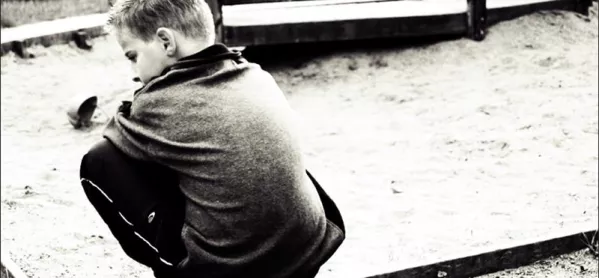Brain behaviour - The trouble with teens

Adolescence has long been considered a turbulent time: it begins with large changes in hormonal levels and, as a consequence, changes in body and mind. Recent neuroscience studies have also contributed to this picture of turbulence. We now know that the brain undergoes profound transformation during the teenage years.
In the past decade, neuroscientists have been able to look at how children’s brains develop using magnetic resonance imaging (MRI). MRI produces exquisitely high-quality photographs of the living human brain. Research using MRI has shown that, contrary to previously widely-held belief, the brain does not stop changing after the preschool years.
Recent MRI studies, many carried out by Professor Jay Giedd and colleagues at the National Institute of Health in Maryland, USA, have shown that the brain continues to develop throughout the teenage years and even into the twenties.
Some parts of the brain that develop dramatically during the teenage years are involved in understanding other people and in self-awareness. This set of late-developing brain regions is known as the “social brain”.
Recent research from my laboratory at University College London has looked at how activity in the social brain changes during adolescence. In our studies, we scan volunteers’ brains using functional MRI (fMRI). fMRI is based on the same principles as MRI, but rather than just producing static photographs of the brain’s structure, fMRI produces films of the living human brain at work. This remarkable technique allows us to view the living brain in action and discover how it processes information.
In two recent studies, we scanned adolescent and adult volunteers and measured their brain activity during different tasks. In the first, participants read scenarios about intentions and actions, for example: “You want to find out what’s on at the cinema.” Thinking about intentions and actions activated the network of brain regions known as the social brain in adolescents and adults.
However, when brain activity in the two groups was compared, one area of the social brain was found to be much more active in adolescents than in adults. This region is called the medial prefrontal cortex. It lies at the front of the brain, just behind the forehead, and is involved in self- awareness and understanding other people.
In a second fMRI study, volunteers had their brain scanned when thinking about social situations that would cause many people to experience social emotions, such as guilt and embarrassment. For example, they read sentences such as: “Your dad started doing rock `n’ roll dances in the supermarket.” I don’t have to tell you which condition that example comes from. Thinking about guilt-inducing and embarrassing situations activated the social brain in adolescents and adults. But once again, the medial prefrontal cortex was more active in adolescents.
Why? The answer is that we do not yet know - this is a new field of research and the studies have not yet been done to find out why. One possibility is that adolescents use a different strategy when thinking about intentions and social emotions. Perhaps thinking about intentions or social emotions is more automatic and takes less effort for adults than for adolescents. This may explain why adolescents have more activity in their medial prefrontal cortex. Another possibility is that this brain region is more active in adolescents because their brains are not yet fully developed. Because it is still developing, perhaps the adolescent medial prefrontal cortex is required to work harder than this region in the adult brain.
What we do know is that the adolescent social brain is a work in progress. It is developing structurally and functionally and will continue to do so throughout the twenties. So it might not be fair to expect adolescents to behave socially like adults.
These findings have implications for education and the way we nurture adolescents. The adolescent brain is malleable and there is evidence that it is especially susceptible to environmental influences, such as teaching.
Lessons should be tailored to the precise needs of the developing adolescent brain. For example, it might be productive to integrate social and emotional support in the classroom and explicitly teach adolescents about social awareness and self-awareness, (perhaps using role-play) as well as about their developing brains.
The science of the brain, and how it develops, does not play a prominent role in the national curriculum. Perhaps it is time that it did.
If you are based in London and have pupils (or children) aged between 11 and 17 who would like to take part in our research, email s.blakemore@ucl.ac.uk REFERENCES To find out more about Sarah-Jayne Blakemore’s research, visit the Blakemore laboratory website: www.icn.ucl.ac.uksblakemore Blakemore, S. J., Frith, U. (2005) The Learning Brain: Lessons for Education, Blackwell Giedd, J. N. (2008) The Teen Brain: Insights from neuroimaging, Journal of Adolescent Health, 42:4, 335-343.
Keep reading for just £1 per month
You've reached your limit of free articles this month. Subscribe for £1 per month for three months and get:
- Unlimited access to all Tes magazine content
- Exclusive subscriber-only stories
- Award-winning email newsletters